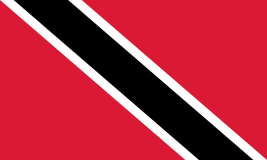
Visa and entry requirements Trinidad and Tobago:
Passport required
No visa is required
Information from the Foreign Office about your trip to Trinidad and Tobago:
https://www.auswaertiges-amt.de/de/trinidadundtobagosicherheit/220466
Trinidad and Tobago is a Caribbean island state in the Lesser Antilles with around 1.4 million inhabitants. The country is geographically the southernmost island group in the Caribbean and is only around 30 kilometers from Venezuela, the northern coast of South America.
The official language in Trinidad and Tobago is English and the national currency used there is the Trinidad and Tobago dollar, where 1 euro corresponds to around 7 TTD.
Trinidad's largest cities include Chaguanas, San Fernando, San Juan, Port of Spain, Arima, Morvant, Laventille and Point Fortin, as well as Scarborough, the largest city on Tobago.
Both islands are crossed by several mountain ranges, but unlike most Caribbean islands, they are not of volcanic origin. The highest point in the country is the 941 meter high “Cerro del Aripo” on the island of Trinidad.
Although the entire national territory has a permanently tropical climate, the country is outside the hurricane zone and is therefore not exposed to major tropical cyclones.
The Caribbean state of Trinidad and Tobago forms a joint parliamentary republic, although Tobago also has its own parliament.
The country in the southern Caribbean is considered a major transshipment point for drugs on the way from South to North America, especially cocaine. As a result, there is a relatively high murder rate there due to the resulting drug and gang crime.
The most important economic sectors in Trinidad and Tobago include the petroleum industry - which accounts for over half of the state's income - as well as agriculture and forestry, with the extraction of teak and other tropical woods.
The two most important agricultural export products are sugar and cocoa.
The name of the much smaller island of Tobago was derived from the word tobacco. The Caribbean island now has around 65,000 inhabitants and, interestingly, changed hands over 30 times in previous years.
Tobago is located approximately 30 kilometers northeast of Trinidad and approximately 150 kilometers southeast of the nearest Caribbean country, Grenada.
The capital of Tobago is the city of Scarborough, where a third of the island's entire population lives. The small, picturesque Caribbean island is mainly known for its long, white beaches and the numerous native leatherback turtles that also lay their eggs on these beaches.
Tobago's most important sights include Fort King George with the Tobago Historical Museum, the idyllic fishing village of Charlotteville, the most famous bathing beach Pigeon Point, the coral reef "Buccoo Reef", the Argyle Waterfall, the bird-rich uninhabited island of Little Tobago, the paradisiacal Beach in Pirate Bay and the rainforest of Tobago - also the oldest nature reserve in the world.
The island of Trinidad was the first populated island in the entire Caribbean, where South American Indians originally settled as hunters and gatherers almost 8,000 years ago. The Caribbean island is also known worldwide for its carnival, which in its enormous size and diversity almost reaches the dimensions of the most famous edition in Rio de Janeiro, Brazil.
The capital of the island state of Trinidad and Tobago is Port of Spain, on the larger island of Trinidad, with around 40,000 inhabitants. The city is home to the country's most important port, which is used, among other things, for the export of asphalt and for ferry connections to Tobago several times a day.
The most important sights of the capital include Fort San Andres, the Catholic Cathedral, Queens Park, the Friday Mosque, Woodford Square, the Anglican Cathedral of the Holy Trinity, the Red House - the Parliament Building, the National Museum, the Botanical Garden, the zoo, the English Fort George, the Stollmeyer Castle, the Independence Square, the art gallery, the colonial city palaces of the “Magnificent Seven” and various Hindu temples.
In July 2015, as part of my long nine-week Caribbean tour, I visited the island state of Trinidad and Tobago for four days. In the early afternoon I took off with the Caribbean airline LIAT from the neighboring island of Grenada and then stayed in an inexpensive hotel not far from the port.
I spent my first two days in Trinidad exclusively exploring Port of Spain. However, while visiting all of the capital's major attractions, I always made sure to return well before dark due to the high crime rate in the city and some previous warnings from my hotel staff. To be honest, there wasn't much that really excited me there.
On the third day I took a highly anticipated trip to the island of Tobago. After a two-hour boat ride on the ferry, which was actually completely overcrowded, I finally reached the island's capital, Scarborough.
A lot of things were different on Tobago and actually the stark contrast to Trinidad. I spent a very relaxing and eventful day there on the beautiful island, in the middle of a great green landscape and surrounded by always friendly people. My leisurely stroll through the city was particularly impressive, along the many colonial buildings that were very reminiscent of the earlier and historical slave era.
The paradisiacal island of Tobago, with its very special charm, was actually incomparable to anything I had previously seen in Trinidad.
Late in the evening the last ferry brought me safely back to Port of Spain. Once again it was hopelessly overbooked and this time I was really lucky that I was able to get one of the last tickets.
In the end, to be honest, I was really happy to leave Trinidad and continue the rest of my tour towards Suriname.

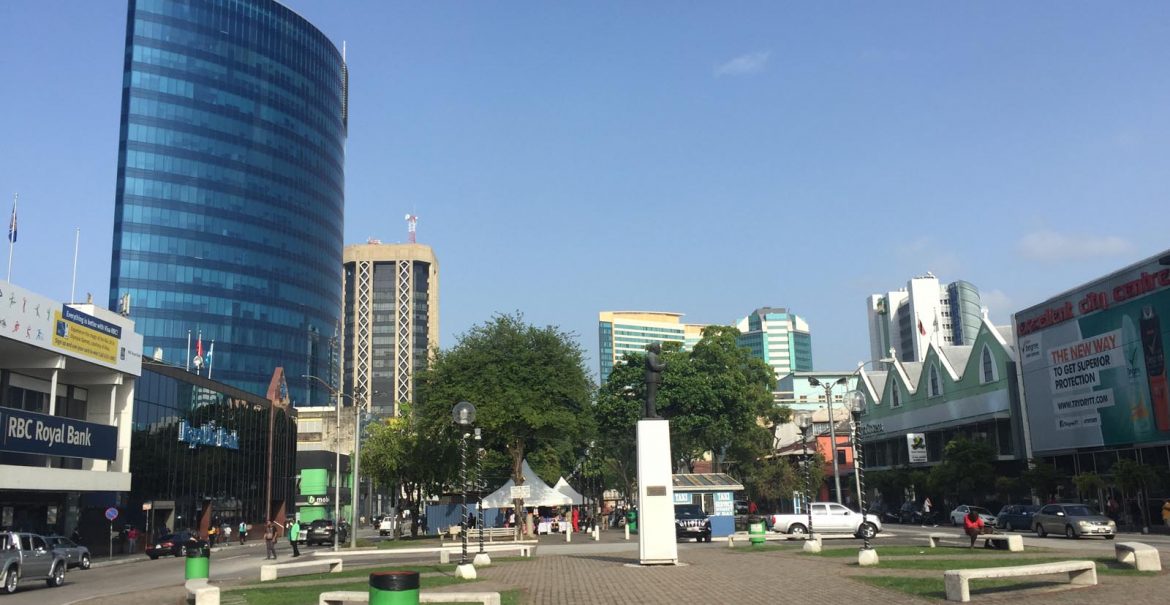








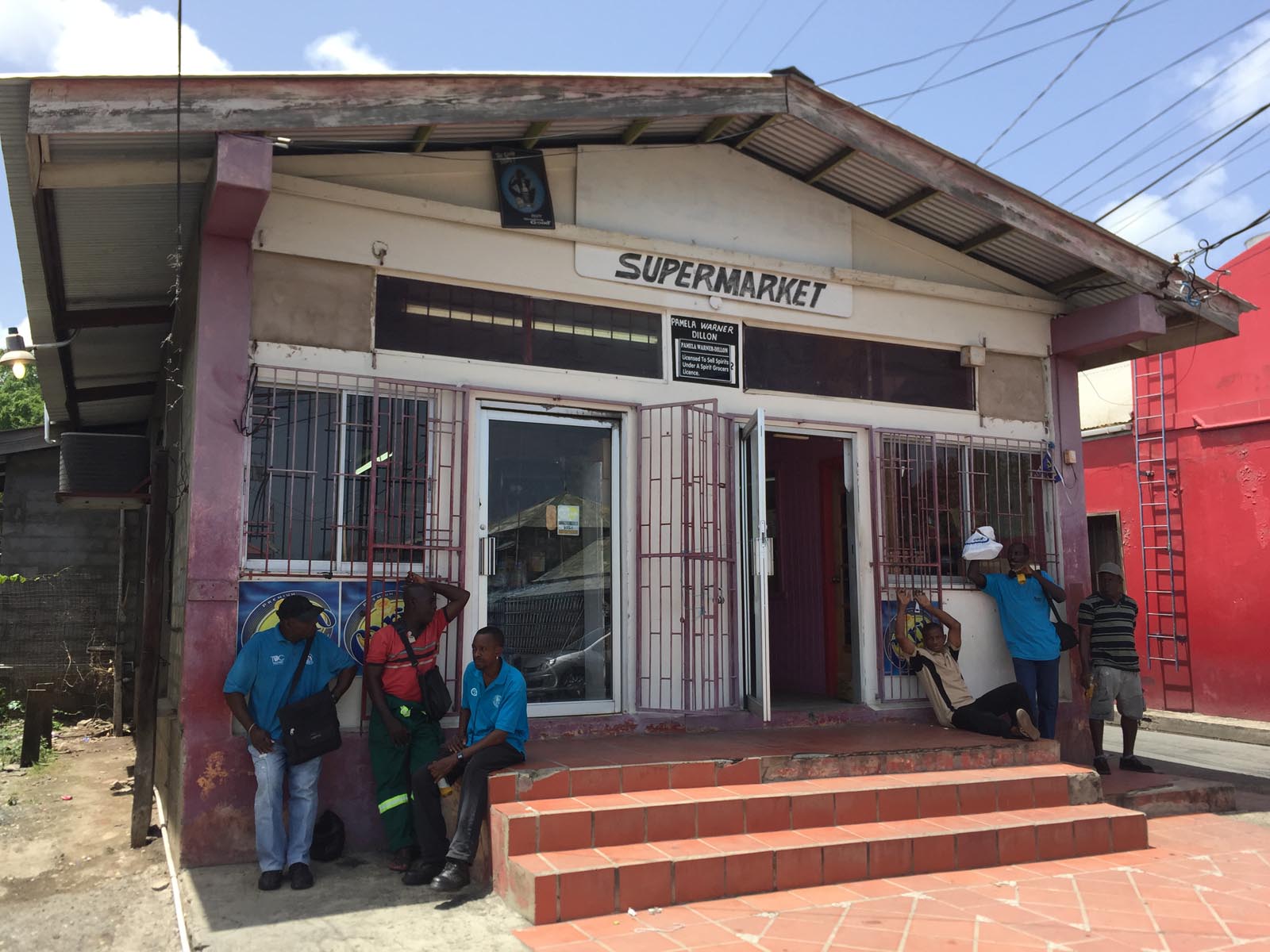







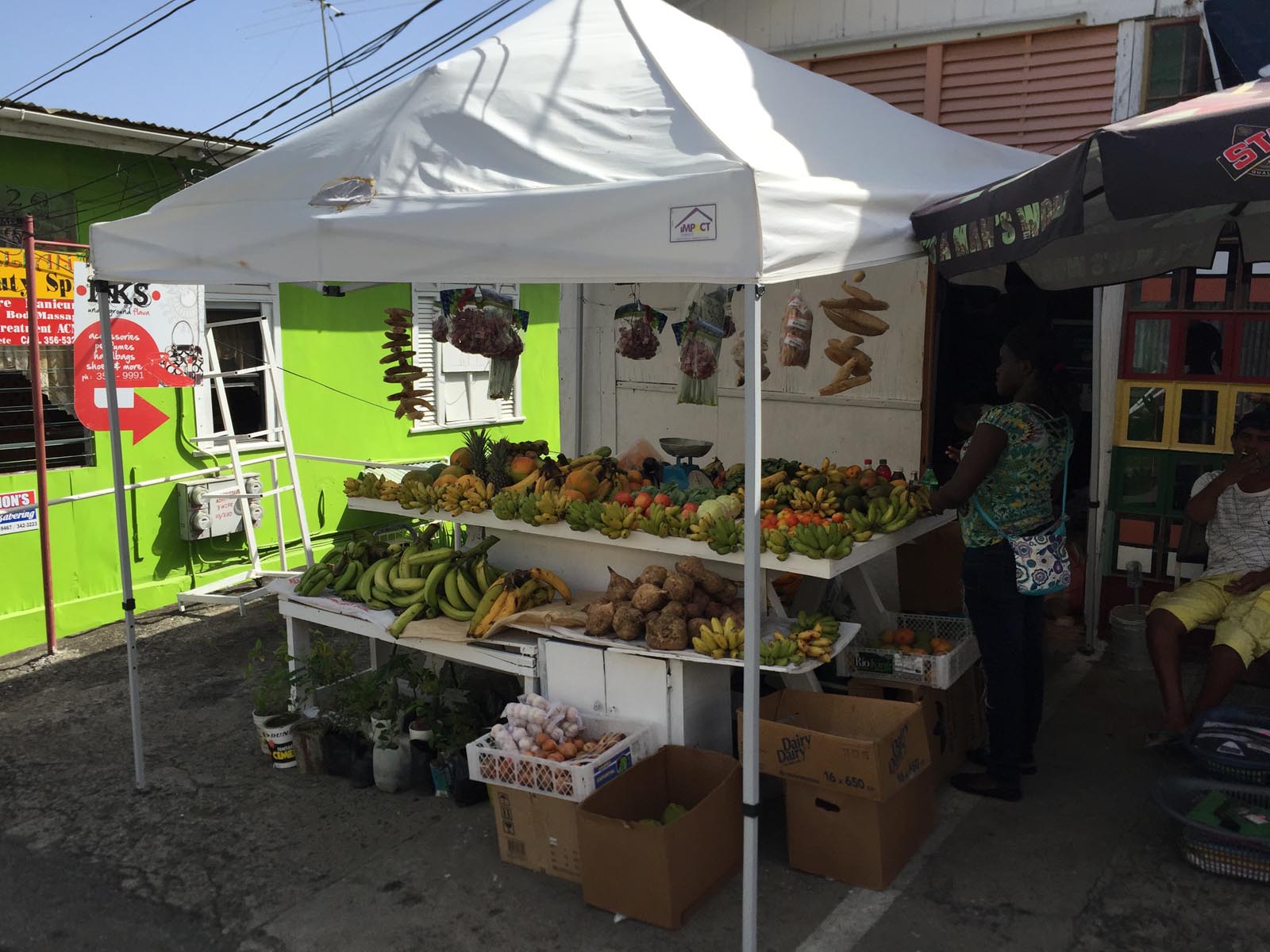













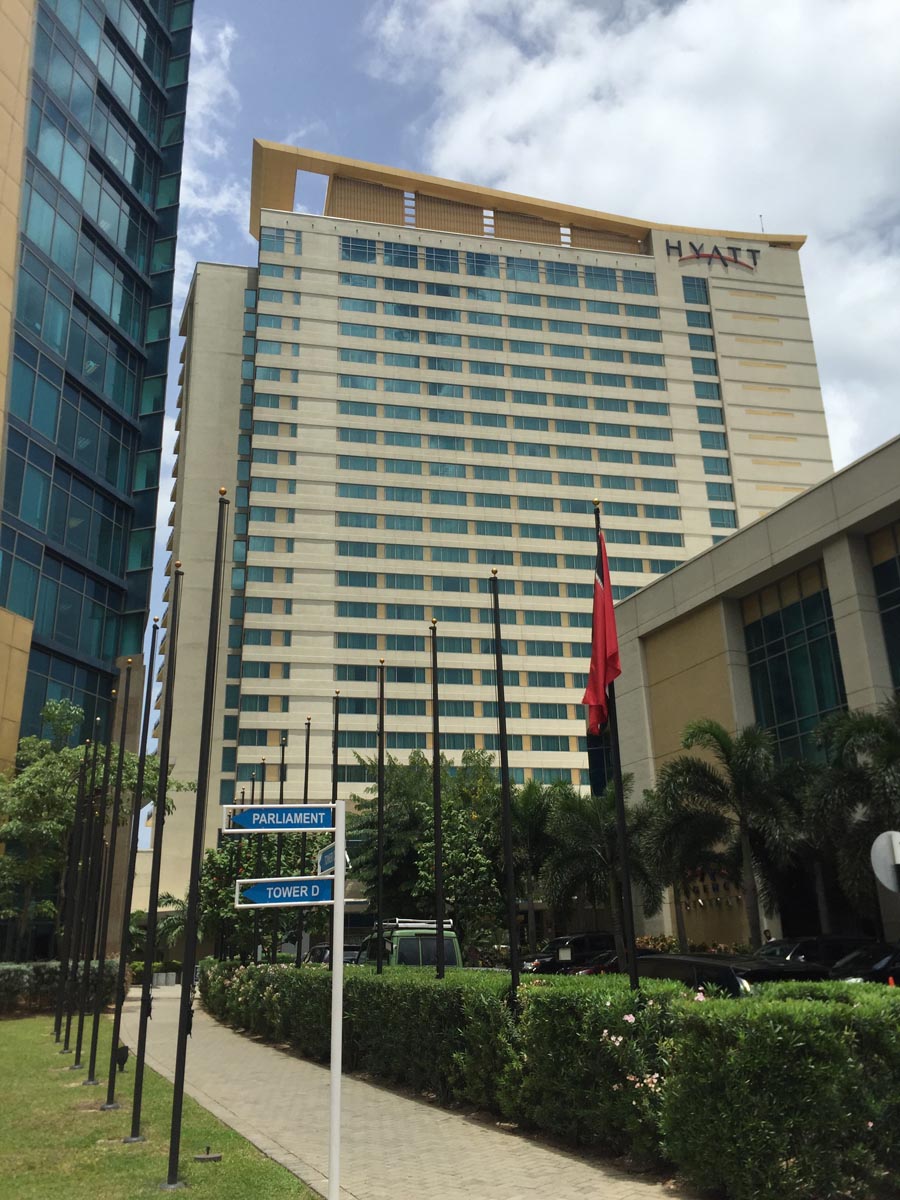


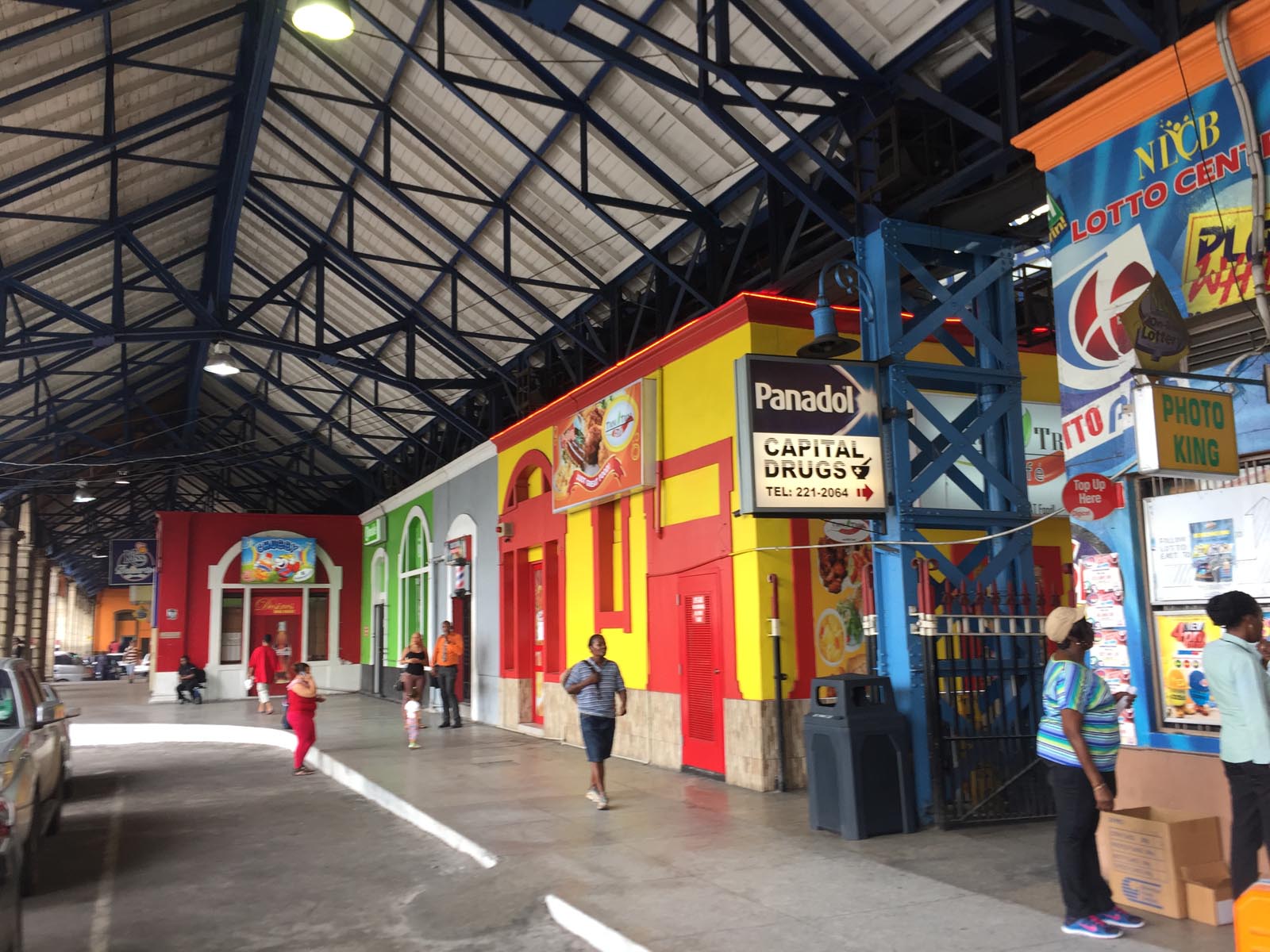











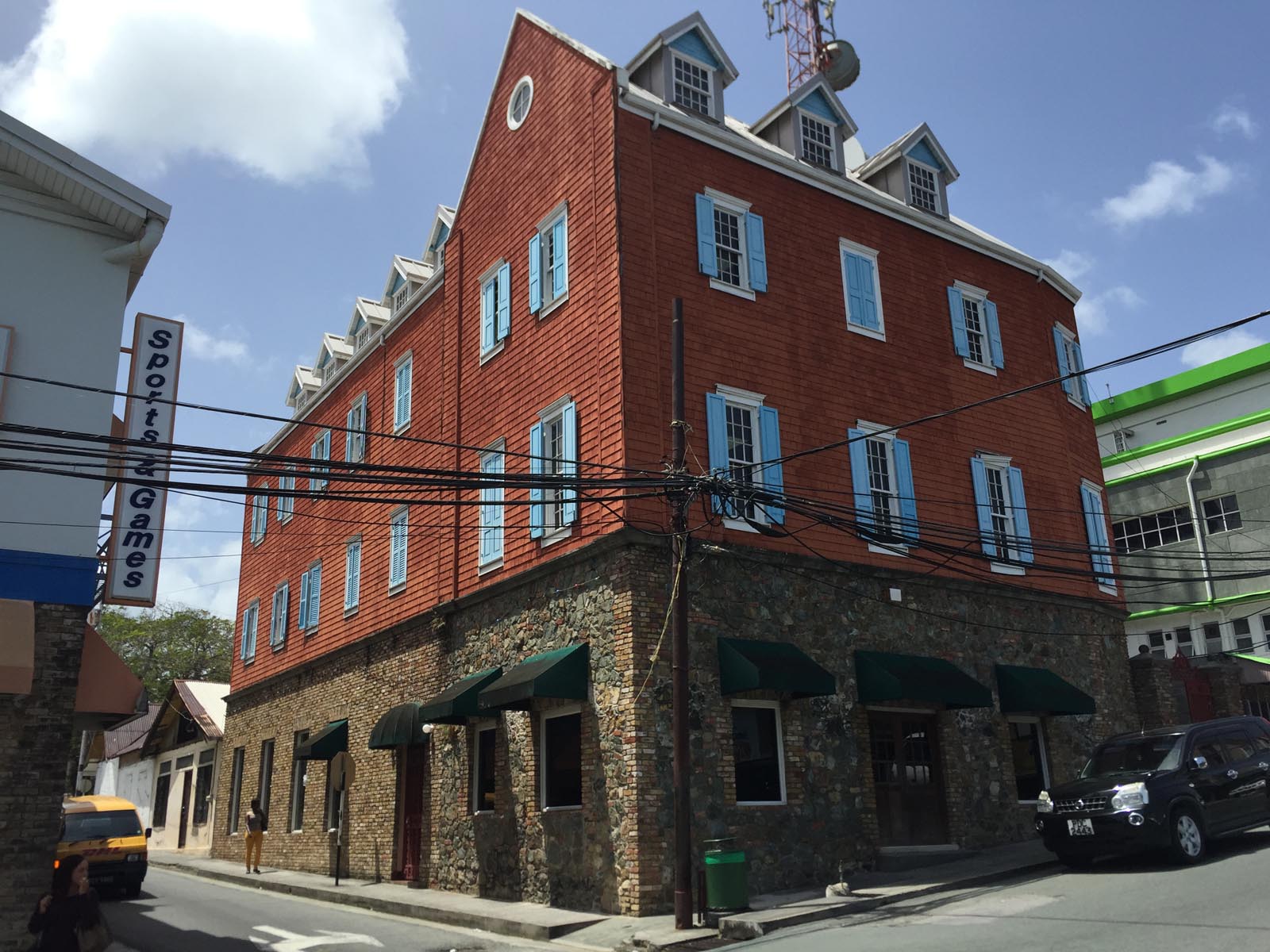

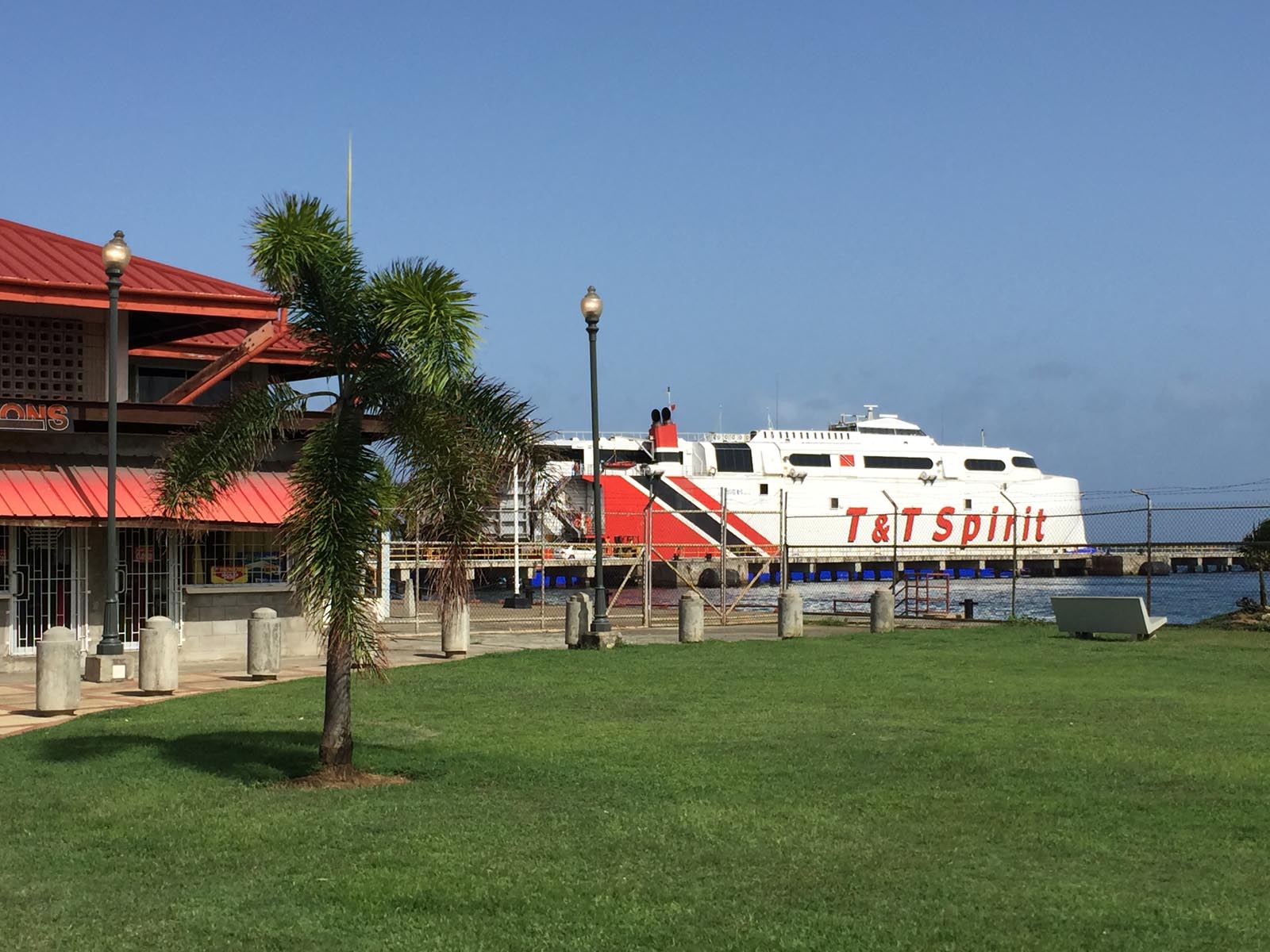


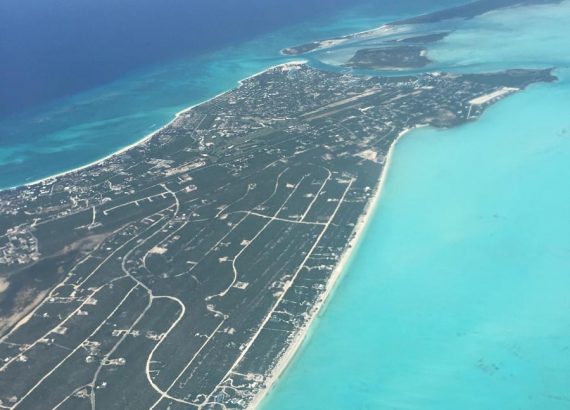
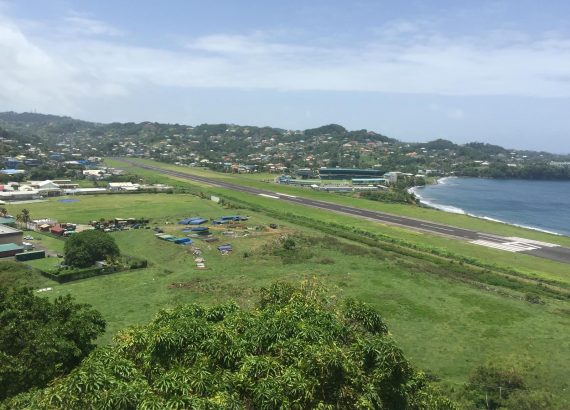
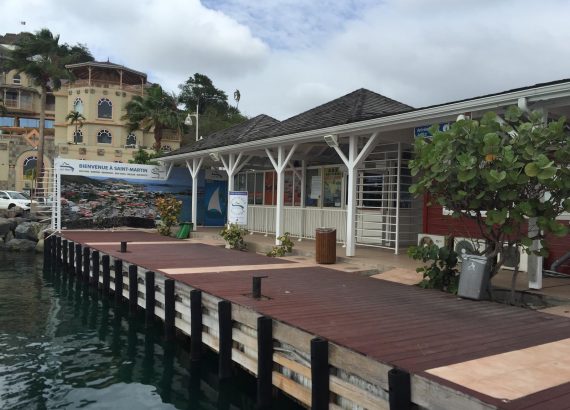
No Comments